The new report from the Intact Centre on Climate Adaptation, Weathering the Storm: Developing a Canadian Standard for Flood-Resilient Existing Communities, highlights a range of solutions that can help decrease future flood risk in Canadian communities.
Flooding within urban centres is Canada’s costliest and fastest growing extreme weather challenge. Insurable claims in Canada have risen from an average of $405 million per year between 1983 and 2008 to an average of $1.8 billion per year between 2009 and 2017, with flooding contributing the greatest proportion of this increase.
“The Standards Council of Canada is leading the way in recognizing the impact of flooding and by working with the Intact Centre on Climate Adaptation and our accredited standards development organization,” said Chantal Guay, CEO of the Standards Council of Canada (SCC). “SCC is laying the foundation for a new national standard that will ensure flood resilience in Canadian communities.”
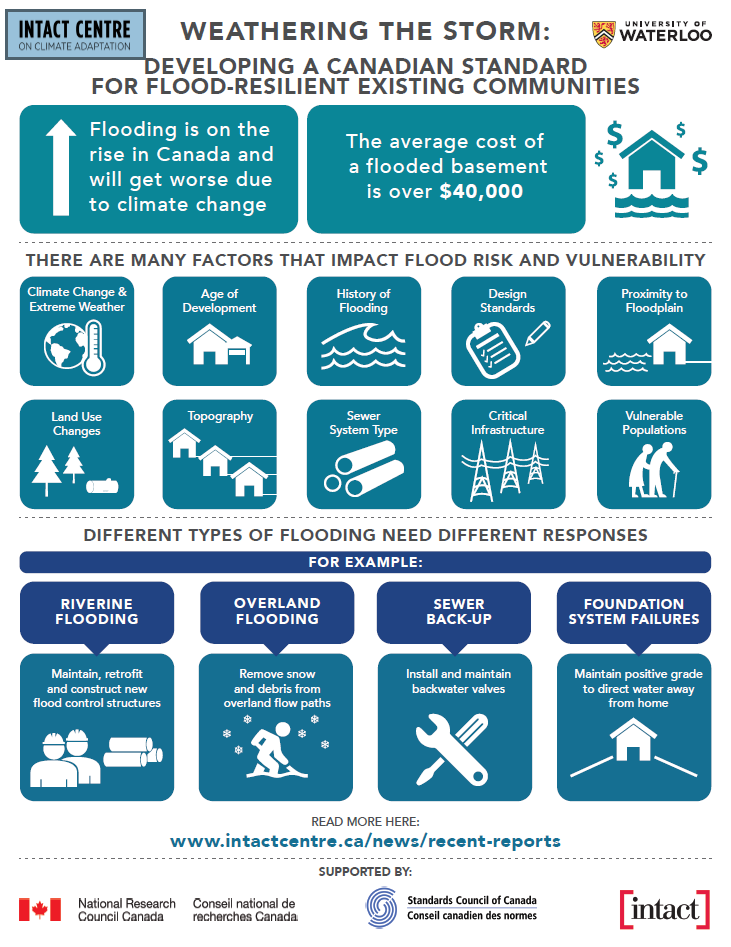
The report, which was supported by the National Research Council of Canada, the Standards Council of Canada, and Intact Financial Corporation, serves as the foundation upon which a new national standard will be created to limit flood risk in existing communities. It features a framework for screening flood hazards and vulnerabilities to select areas within communities that should be targeted for flood-resiliency retrofits. The report is the result of a year-long consultation with municipal experts, engineering consultants, conservation authorities, and industry representatives from across Canada.
“Extreme weather caused by climate change is both a societal issue and an economic priority—there is a role for all of us to play in building a more resilient society,” said Monika Federau, chief strategy officer at Intact Financial Corporation. “Being resilient means adapting to our new climate reality—build in the right place, build right the first time, and build back better.”
The report includes such measures as:
- Proactive maintenance of flood control structures such as culverts, bridges, dykes and channels to ensure that they perform as intended during storms;
- Construction of strategically placed stormwater storage tanks and stormwater ponds within and around communities;
- Removal of snow from critical overland flow path locations prior to forecasted flood events;
- Clearing of leaves and debris from catch basins, particularly during Fall and Spring;
- Re-grading of lots and roadways to carry water away from properties and onto streets and right-of-ways;
- Installing backwater valves (sometimes called a backflow or sewer backup valve) on the sewer line within basements, and disconnecting downspouts from weeping tiles, to limit sewer backup flooding;
- Sealing manhole covers in low-lying areas where water accumulates and has a higher risk of causing sewer backup flooding;
- Implementing stormwater diversion projects such as piping that can direct excess stormwater away from flood vulnerable areas; and
- Delivering public education programs on flood prevention and maintenance activities to homeowners, municipal staff, insurance brokers and real estate agents.

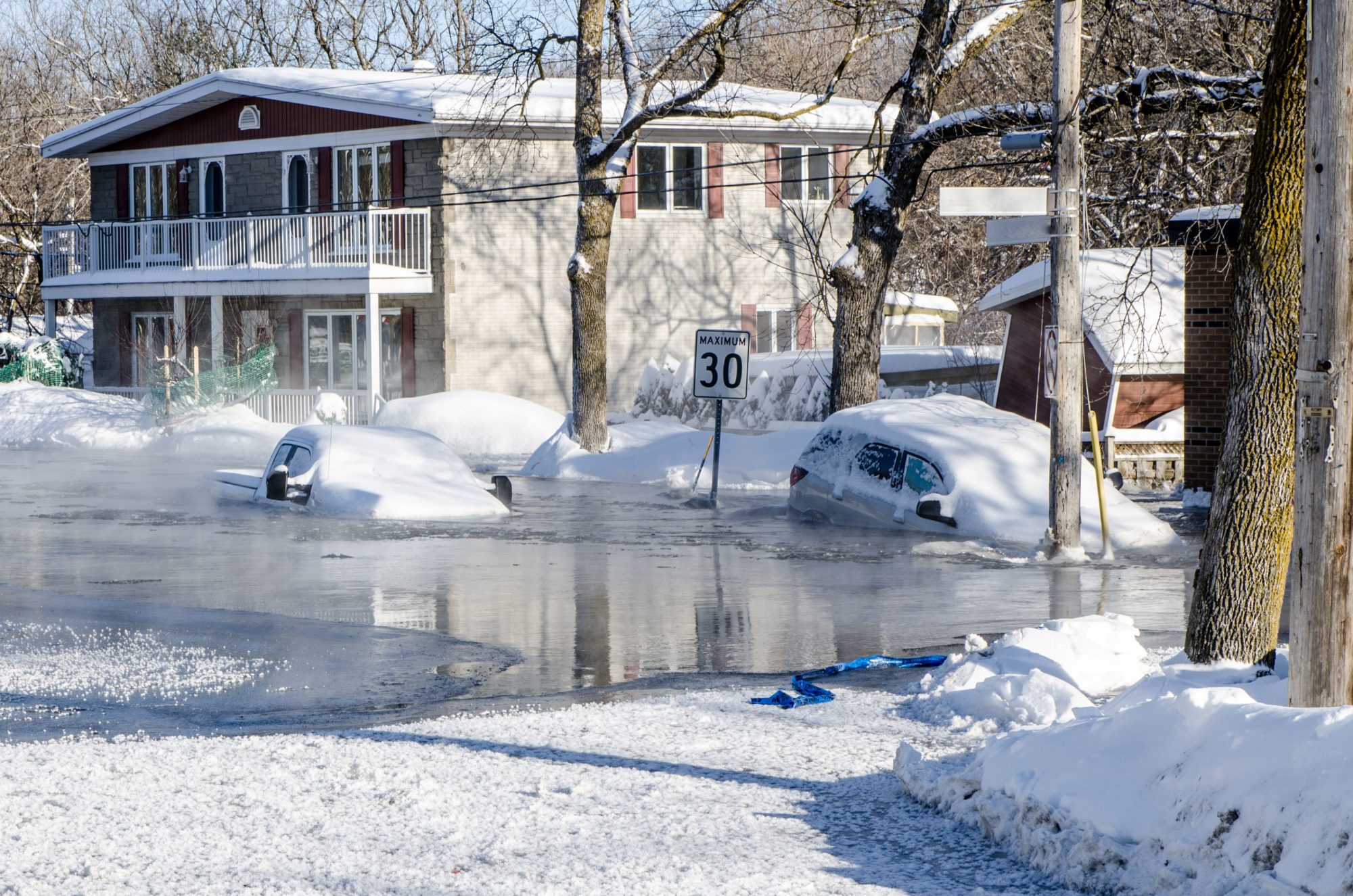
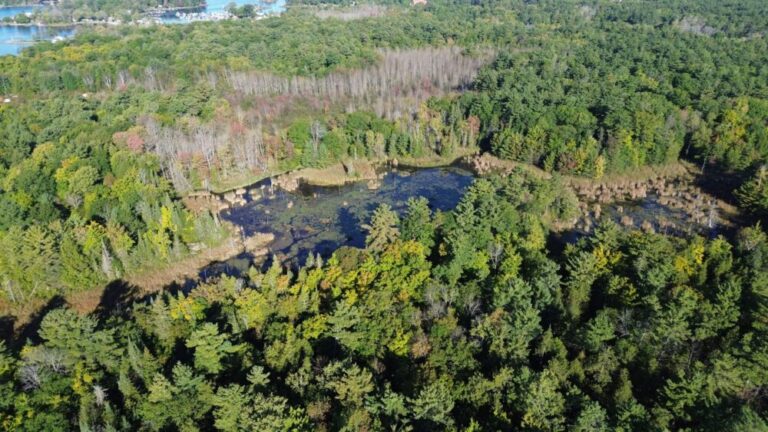

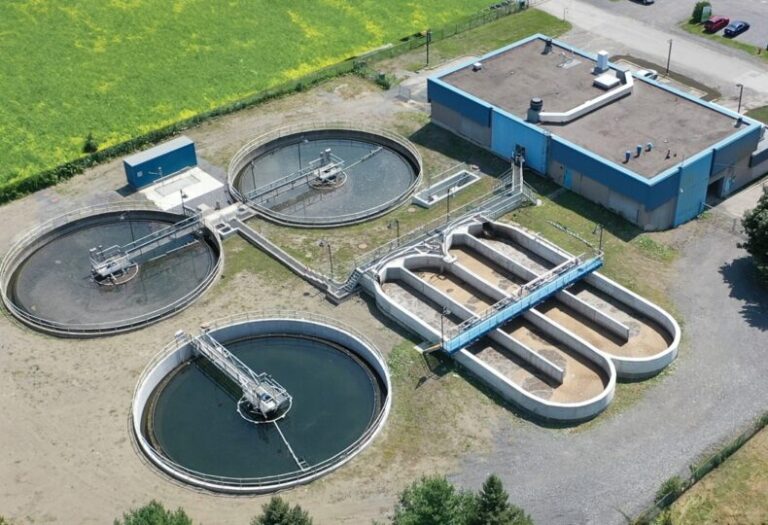
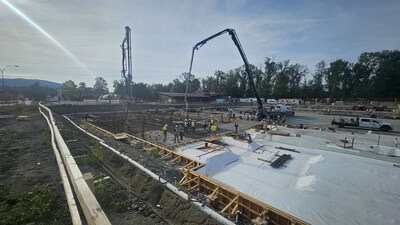
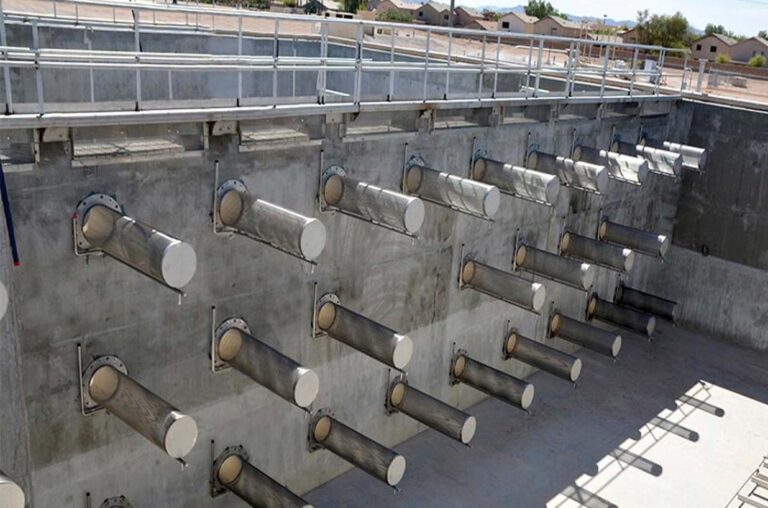


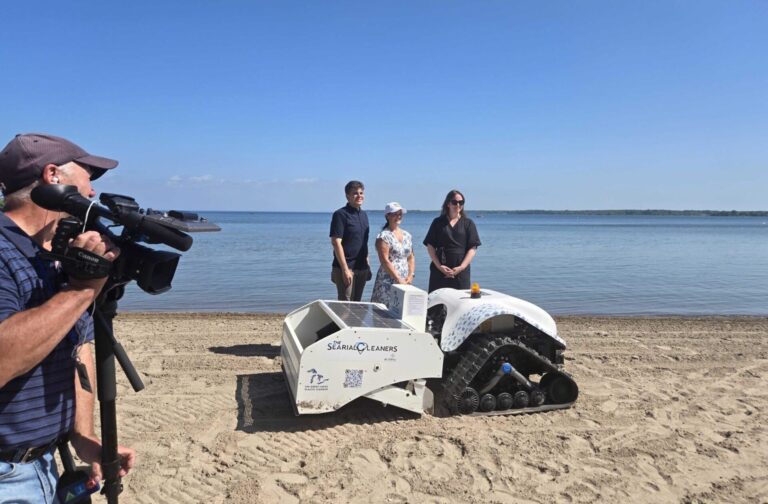
Intact Centre’s new report is a great step toward a standard. Because the cost-effectiveness of risk reduction measures is not addressed in the report, that can be an area of focus for next steps – NRC is developing guidelines on benefit /cost analysis for green and grey infrastructure that will be helpful in prioritizing risk reduction measures. Of note, previous Intact Centre reports have heavily promoted green infrastructure to address existing flooding risks (2018’s Combating Canada’s Rising Flood Costs (with IBC and IISD) and Too Small to Fail, and 2017’s When the Big Storms Hit) – but the Weathering the Storm report does not (green infrastructure, low impact development and sources controls are not even noted in the definitions). This is positive as OSPE has commented that natural assets like wetlands are not a viable solution for existing built-up areas (https://blog.ospe.on.ca/advocacy/ospe-letter-green-infrastructure/), and research that looks at scaling up green infrastructure cost to whole communities shows that many distributed enhanced and engineered assets (e.g., rain gardens, permeable pavement) is not financially sustainable and grey infarstructure has a lot more favourable benefit/cost profile: https://www.cityfloodmap.com/2019/01/weathering-storm-developing-canadian.html – this appears to hold even when water quality benefits and erosion mitigation benefits are considered in a broad triple-bottom-line assessment.
Thanks for your incredibly thoughtful and detailed response to this story, Robert!
Best,
WC team
There are some limitations in the Intact Centre report to note such as classifying flood damage ‘meta-analysis’ (meaning general literature searches) as reliable local data – e.g., the Pelly’s Lake case study in the report (page 42) refers to “Performance monitoring results” and University of Saskatchewan research, however the flood benefits cited are in fact from Intact Centre’s meta analysis, not monitored results, as noted in the recent Combating Canada’s Rising Flood Cost report that states (page 21): “The unit flood risk reduction benefit ($740 per hectare) applied to Pelly’s Lake is adapted from two published meta-analyses of the benefits provided by wetlands in agricultural landscapes”. So the conclusions on cost-effectiveness get ahead of the actual data/analysis here – the January 18 Press Release says the report identified “solutions that can be deployed practically and cost-effectively within communities”, however the Intact Centre report notes no consideration of cost and ffectiveness (see page 33) “capital cost rankings are not normalized with consideration of performance effectiveness”. Again, great first step, but the analysis does not yet support any statements on cost-effectiveness. More rigorous benefit cost analysis is needed in next steps – some considerations for that are on my blog: http://www.cityfloodmap.com/2019/01/weathering-storm-developing-canadian.html and will be presented at TRIECA and WEAO conferences this year.